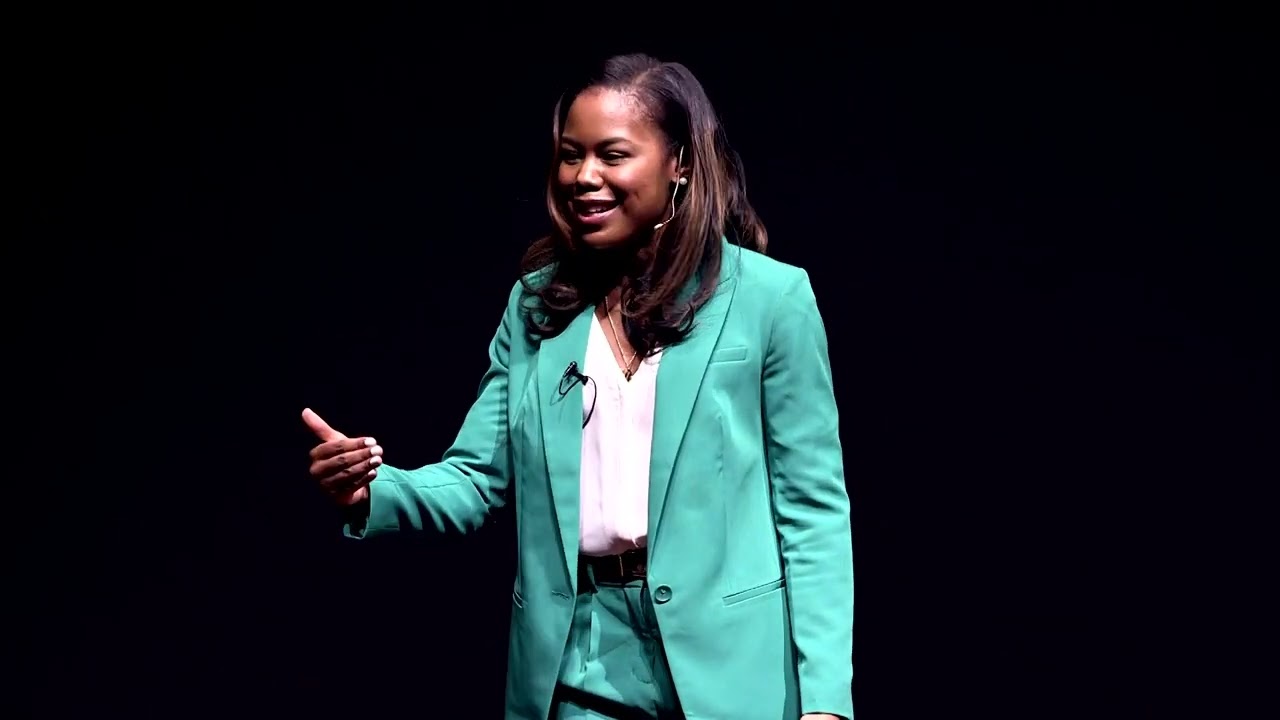
The Power of Brand Storytelling
Brand storytelling is the heartbeat of modern marketing. In a world swamped with advertisements shouting for attention, the businesses that stand out leverage compelling narratives that foster deep emotional connections with their audience. Think about brands like Apple or Nike; they don’t just sell products—they tell stories that resonate with core values and aspirations, making us feel something. Whether it’s the journey of an everyday athlete, or the innovative spirit behind cutting-edge technology, these stories inspire loyalty, encourage engagement, and differentiate brands from the competition.
At its core, brand storytelling isn’t about casual pitch meetings. Instead, it weaves together the art of narrative with strategic insights to touch hearts and minds. A well-crafted story can shape opinions, evoke emotions, and compel action. Today’s consumers crave authenticity, and they are more likely to buy from brands that communicate their purpose through engaging stories.
If you want to thrive in this competitive landscape—and you should—embracing brand storytelling is essential. By harnessing the four pillars of brand storytelling—People, Places, Purpose, and Plot—you can create narratives that captivate your audience. Each component plays a crucial role in building a relatable story that resonates emotionally, connecting your brand to consumers on a deeper level.

Top 7 Brands That Excel at Brand Storytelling
Nike has hit the narrative ball out of the park with its “Just Do It” campaign. This isn’t just a brand slogan; it’s a classic story of perseverance and triumph. Nike shares powerful visuals featuring athletes who overcame incredible odds, resonating with various demographics. It’s not merely about selling shoes; it’s about inspiring individuals to embrace their inner athlete and push beyond their limits.
Remember when Coca-Cola got personal with their “Share a Coke” campaign? They replaced their logo with popular names on bottles, transforming an ordinary drinking experience into something special. This simple yet impactful storytelling angle encouraged customers to create and share emotional moments, driving a massive wave of social media engagement. Everyone wanted a Coke with their name on it, forging deeper connections through a shared experience.
Airbnb’s “Belong Anywhere” philosophy creates a beautiful narrative of global community and unique experiences. Through compelling stories from hosts and travelers, the brand emphasizes belonging and connection across cultures. Whether you’re in Tokyo or Paris, Airbnb makes you feel like family, cementing a powerful narrative around adventure and authenticity in travel.
Dove’s “Real Beauty” campaign rocked conventional beauty standards by showcasing real women from all walks of life. Instead of pushing unattainable ideals, Dove’s storytelling dives into self-esteem and body positivity. This raw narrative struck a chord with audiences, sparking essential conversations about beauty, self-worth, and representation.
Talk about a brand with a conscience! Patagonia stands out with its environmental storytelling that challenges consumerism while advocating for sustainability. Their “Don’t Buy This Jacket” campaign provokes thought by urging consumers to reconsider their purchase habits and demand ethical production practices. Patagonia’s story not only promotes its products but also a lifestyle embracing responsible consumerism.
Lego’s storytelling goes beyond mere products; it embodies imagination and creativity. The brand shares narratives of playfulness, tying together children and adults alike engaging in creativity. This storytelling extends into movies and interactive experiences, seamlessly blending in education and entertainment while showcasing the brand’s dedication to creativity and bonding.
The “#LikeAGirl” campaign from Always sparked a movement against outdated gender stereotypes. By revealing how confidence drops during puberty, the campaign empowered girls, encouraging them to embrace their strength. Supported by viral social media engagement, this storytelling approach resonated with a younger audience, promoting self-identity and female empowerment.

The Elements of Effective Brand Storytelling
To create storytelling that connects and inspires, a few essential elements shine through:
Authenticity
Authenticity is the cornerstone of effective brand storytelling. Consumers today crave narratives that reflect genuine values and missions. Brands like Patagonia exemplify this by openly discussing their commitment to the environment, creating trust and loyalty among consumers.
Emotional Resonance
A good story touches on emotions that leave a lasting impact. Brands that evoke feelings—whether joy, inspiration, or even sadness—hold the audience’s attention longer. Take Nike and Dove, for example; their campaigns draw on relatable challenges that lead to inspiring outcomes, thereby solidifying strong emotional connections.
Relatability
Relatable stories connect with the audience’s experiences and feelings. Showcasing real people, like those in Coca-Cola’s campaign makes the narrative more accessible. This approach not only captivates the audience but also creates an authentic bond.
Call to Action
Every compelling story encourages action. Carefully crafted narratives should inspire engagement, whether it’s purchasing a product or sharing a personal story. Airbnb’s storytelling effectively motivates consumers to embark on adventures, seeking new experiences.

Harnessing the Digital Age for Brand Storytelling
In our fast-paced digital world, brand storytelling embraces new platforms to reach a broader audience effectively. The rise of social media channels like Instagram and TikTok provides brands with opportunities for visually compelling stories that capture attention.
User-Generated Content
User-generated content is a goldmine for brands. Encourage your customers to share their own narratives linked to your brand. For instance, Lego uses fan creations on social media to create a sense of global community, showing how deeply connected their audience feels.
Storytelling in Videos
Video storytelling is on the rise. Brands that harness the power of engaging video ads capture a wider audience. In this context, Dove’s emotional narratives translate well into impactful visual formats that resonate with viewers, inspiring shares and discussions.
Data-Driven Storytelling
Understanding your audience through data analytics can inform your storytelling approach. Knowing consumer behavior and preferences allows for crafting narratives that align with what resonates powerfully with your target demographic.
![What Is Brand Storytelling? [Example]](https://www.conniepheiff.com/wp-content/cache/flying-press/aa44e8ef204fc94289da5e914857bcee.jpg)
Innovative Wrap-Up
Brand storytelling isn’t simply a marketing tactic; it’s about creating a movement and inspiring a community around your brand. The businesses that cultivate loyalty are those sharing emotionally resonant narratives that encourage engagement. As we move further into 2024, expect brand storytelling to evolve continually, shaping how companies connect with consumers.
If you’re looking to transform your speaking career or entrepreneurial journey, embrace these lessons. Remember, the key lies in storytelling that resonates, inspires action, and ignites passion. So go ahead—don’t just tell your brand’s story; make it a tale that’s heard and felt. Dive in, engage, and dominate your space!
For those venturing into public speaking, explore the Keynote structure or learn about effective digital Networking to better engage your audiences. Plus, if you need strategies for deeper brand engagement, we’ve got you covered.
So, are you ready to craft your narrative? Let’s dive deep and start inspiring today.
Brand Storytelling That Connects and Inspires You
The Impact of Brand Storytelling
Did you know that great brand storytelling can elevate a company from the shadows into a shining star? Brands like Apple and Nike captivate audiences by sharing their journeys rather than just their products. This not only builds loyalty but also creates an emotional connection that keeps customers coming back. Speaking of captivating stories, the recent debates surrounding Krishna Sunak have shown how personal narratives can shape public perceptions and enhance political branding. Stories stick with people, and they remember the journey behind those messages.
To further illustrate the power of storytelling, consider the buzz surrounding the Lake of the Ozarks boat accident, which not only made headlines but also fueled conversations about safety and boating culture. It’s a classic example of how narratives woven into real-life events resonate deeply with an audience. Companies that can tap into these emotional triggers often find themselves at the forefront of brand recognition, making brand storytelling an invaluable tool for success.
The Elements of Successful Brand Storytelling
Now, what makes a brand story truly resonate? Well, it’s all about authenticity and relatability. Think about the film “Lost Girls and Love Hotels.” This captivating narrative explores deep themes of love, loss, and redemption, much like how brands can evoke similar emotions in their audiences. A great brand story should make people feel something, turning casual consumers into passionate advocates.
Another fantastic way to keep the spark alive in storytelling is by keeping things fresh and dynamic. Take the sports world, for example. The intense rivalry between FC Barcelona and Real Sociedad has been filled with twists and turns that excite fans far and wide. Brands can harness similar tensions and narratives within their own stories, creating engagement that feels relevant and timely. As they share their unique journeys, brands not only attract attention but also build a community that values the shared experience.
Engaging the Audience
Lastly, let’s talk characters. A relatable character can be the heartbeat of any story. Look at actors like Ray Sharkey, who drew audiences in with his compelling portrayals. Brands need to introduce relatable characters—whether it’s a founder’s journey or a customer’s testimonial—into their narratives. These characters make the story more relatable and memorable, turning mundane facts into fascinating tales that audiences will remember long after their first engagement.
In short, brand storytelling is about connection and inspiration. It’s not just about pushing a product but inviting your audience to be a part of something bigger. By weaving these engaging elements together, brands can craft stories that stay in the hearts and minds of their audiences.

What is storytelling of a brand?
Brand storytelling gives businesses a way to connect with customers by sharing their values and beliefs in a genuine, relatable manner. Instead of pushing sales, it fosters a deeper emotional connection, which consumers really crave today.
What are the four pillars of brand storytelling?
The four pillars of brand storytelling are People, Places, Purpose, and Plot. These elements help you craft a narrative that resonates with your audience and makes them feel involved in your brand’s journey.
What is an example of a brand story?
A great example of brand storytelling is Google, which transformed from a simple idea into a global giant by staying true to its mission while sharing relatable stories along the way.
What are the essentials of brand storytelling?
Essentials of brand storytelling include knowing your audience, crafting a relatable narrative, consistent messaging, and focusing on emotional engagement. These factors help create a lasting impact on your listeners.
What are the 4 keys to remarkable brand storytelling?
The four keys to remarkable brand storytelling are authenticity, relatability, clarity, and emotional appeal. Keeping these elements in mind elevates your narrative and strengthens your brand’s connection with your audience.
What are the principles of brand storytelling?
Principles of brand storytelling involve honesty, consistency, engagement, and emotional connection. When you follow these principles, your audience is more likely to relate to and remember your brand.
What are the 4 C’s of storytelling?
The 4 C’s of storytelling are Character, Conflict, Context, and Conclusion. These components help create a compelling narrative that captures attention and drives engagement.
How do you structure a brand story?
To structure a brand story, start with a hook to grab attention, introduce the characters and their challenges, present the conflict, and wrap it up with a resolution that highlights your brand’s value.
What are the 4 P’s of storytelling?
The 4 P’s of storytelling are People, Places, Purpose, and Plot, which guide how to build your narrative. These components come together to form an engaging and relatable story that connects with your audience.
How long should a brand story be?
A brand story doesn’t have a strict length, but it should be long enough to convey your message effectively while retaining your audience’s attention. Aim for clarity and engagement above all.
What is Apple’s brand story?
Apple’s brand story revolves around innovation, creativity, and challenging the status quo. Their storytelling emphasizes how their products enhance lives, which resonates deeply with consumers.
Why create a brand story?
Creating a brand story is essential because it builds trust, fosters loyalty, and helps differentiate your brand in a crowded marketplace. A strong narrative can propel your brand’s success.
What are the 5 C’s of storytelling?
The five C’s of storytelling are Character, Conflict, Clarity, Creativity, and Connection. These elements help craft a narrative that resonates and engages, ensuring your message sticks.
What is 3 things successful brand storytelling brings?
Successful brand storytelling brings emotional connection, customer loyalty, and a more profound understanding of your audience. It transforms casual buyers into passionate advocates for your brand.
How do you learn brand storytelling?
To learn brand storytelling, immerse yourself in successful examples, study your audience, practice writing narratives, and seek feedback. Over time, your storytelling skills will naturally improve.
What does storytelling mean in business?
In business, storytelling means sharing relatable narratives that communicate your values and mission. It helps create connections, both within the team and with customers.
What does storytelling mean in marketing?
In marketing, storytelling is about crafting engaging narratives to present your products or services. It moves beyond traditional selling by highlighting the experiences and emotions tied to your brand.
What is an example of storytelling?
An example of storytelling could be a personal anecdote from a brand’s founder about overcoming challenges. Sharing this journey can inspire trust and connection with customers.
What is the purpose of a brand story?
The purpose of a brand story is to communicate your values, connect with your audience on an emotional level, and differentiate your brand in the marketplace. It’s all about creating a relatable narrative that resonates.









